Darwin's Observation (Fossils, Galapagos Islands & Africa ) and Natural Selection (Adaptive Traits)
By: HWC
Date Uploaded: 03/14/2020
Tags: homeworkclinic.com Homework Clinic HWC Darwin's Observation Galapagos Islands Africa Adaptive Traits beetles offspring
Along Darwin's voyage, he made many observations. Each one added to his understanding of how organisms change over time. Darwin was already familiar with fossils and knew that many fossils were very different from living organisms. But, also there were some fossils that were very similar to living organisms. This suggested to Darwin that not only had the Earth changed over a long period of time, but the organisms living on Earth had also changed. As Darwin explored the Galapagos Islands, he observed many organisms unique to the islands. But though these organisms were only found on the islands, he noticed that they had similarities to organisms on the mainland. This suggested that organisms could change if they were isolated from other organisms. Darwin noted that organisms living in Africa were different than those living in other parts of the world. Even when two species lived in similar environments (such as a desert), there were still differences. Darwin wondered why these differences existed between species. Darwin noted that there are thousands of species of beetles. Why the great variety, when only a few dozen species would do? To answer these questions, let's explore a little bit. Suppose we have a species of beetles which live I in the branches of a tree. This species has two forms: a green form and a brown form. Some of the beetles tend to stay in the bark of the tree, some tend to stay in the leaves, and some have no preference. This beetle has a problem: it is the favorite food of a species of bird. In this situation, the beetles have a pressure put on them from the environment. In this case, it's a bird trying to eat them. Beetles that tend to stay in an area of the tree in which they can't be seen tend to survive and are able to reproduce. As time goes on, the offspring of the beetles that survived tend to exhibit the same behaviors and characteristics of their parents. So, they also tend to stay in the areas in which they are hidden, which makes the task of eating them a little more difficult. Eventually, almost all of the beetles will stay in areas in which they can't be seen. As you may remember from the experiment, after ten years, it was impossible to see any beetles. If the bird eats any beetles, then it is just blind luck. This is called an adaptive trait, which means a characteristic that allows individual organisms to survive to reproduce and create offspring.
Add To
You must login to add videos to your playlists.
Advertisement




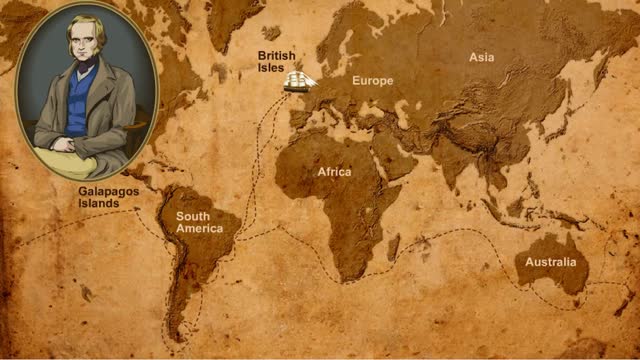
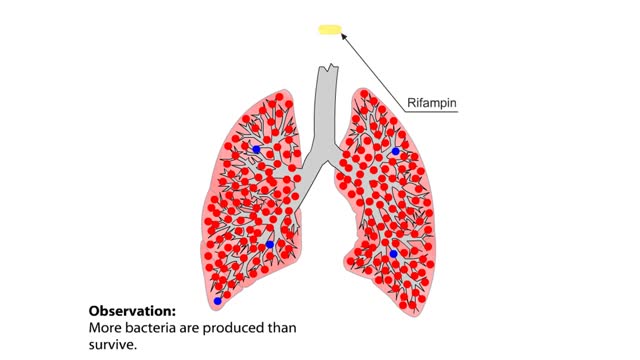
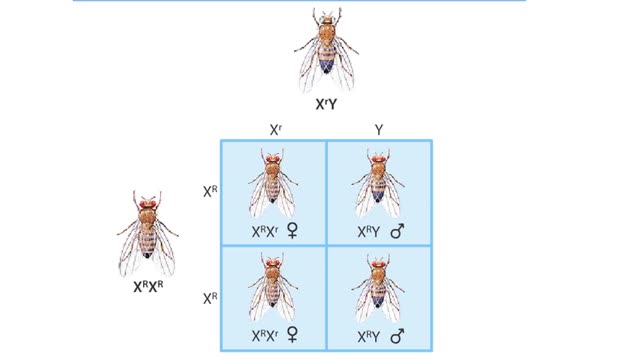

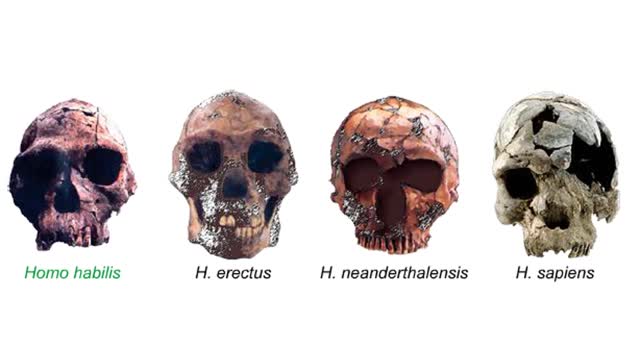
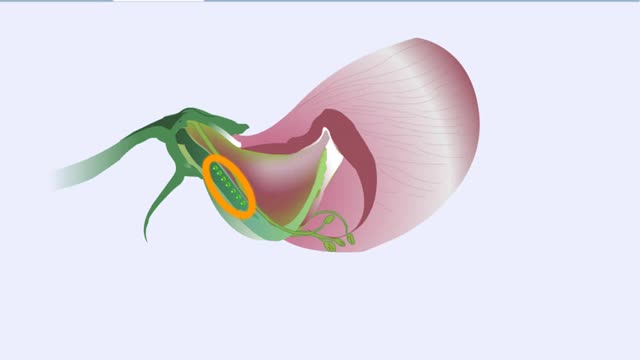
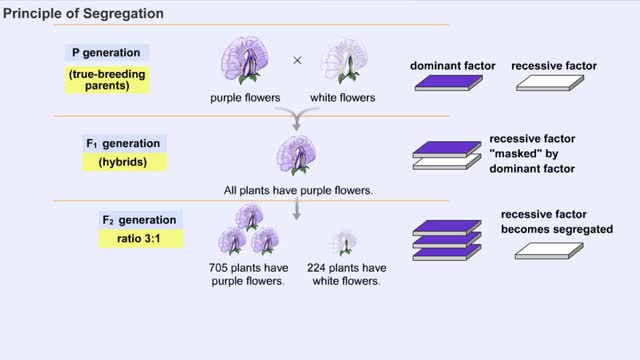

Comments
0 Comments total
Sign In to post comments.
No comments have been posted for this video yet.